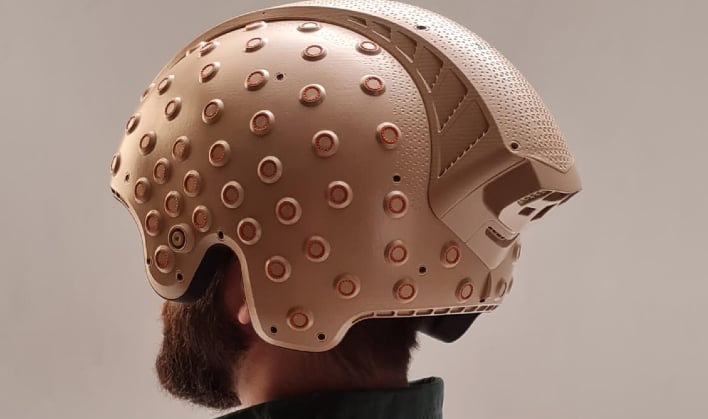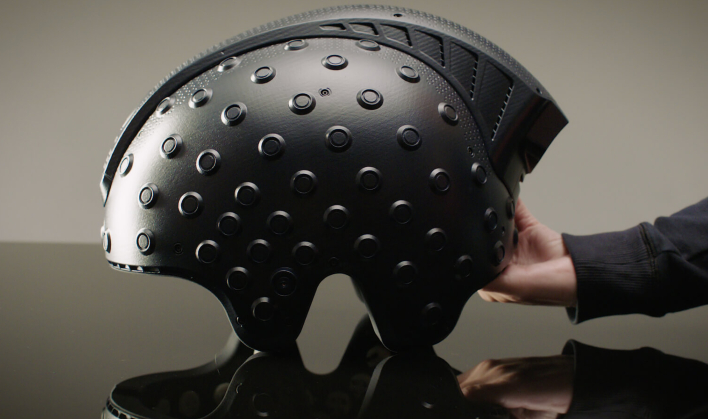This Wild Helmet Will Mine Real-Time Astronaut Brain Activity Data In Space

As NASA and others continue to work toward placing a base station on the Moon, and eventually Mars, there are still many things that need to be studied in preparation of humankind inhabiting an alien surface. The International Space Station (ISS) has been serving as a laboratory in space for many of these studies for the last 20 years. Therefore, it is no surprise that Brain.space will be operating its neural experiments of the possible ramifications of microgravity on the brain in the US Lab of ISS.
While extensive studies have been carried out for various physiological measurements, such as heart rate and muscle mass, there is at present no high-quality longitudinal data in regard to neural changes in extended space missions. In the past, neural studies have been carried out using low resolution gel-based EEG systems. Now, Brain.space intends on delivering the first ever cognitive experiment utilizing a high-density EEG system.

Experiments have already been conducted on the ground, in order to establish a baseline for the astronauts before the mission. These experiments were carried out at the SpaceX facility between March 9th and 11th, with the launch of the equipment aboard a SpaceX Axiom-1 ascent vehicle scheduled 8 days from now.
The technology demonstration will be used to determine its viability for use in future space exploration missions by meeting three goals. The first is to demonstrate the usefulness of monitoring longitudinal changes in brain activity and cognitive function during space travel using a high-density dry EEG system. Second, identify and appraise on-going brain dynamics and activity while performing broadly validated research paradigms. Finally, provide future long-term missions in space with a simple to use and comfortable device for daily calculations of astronaut competence.
"Every organ is being measured in space, body mass, temperature, heart rates, everything is being measured, except for this organ," Yair Levy, co-founder and CEO of Brain.space stated in a recent interview with CNET. "We're going to see if we can identify whether the brain adapts to a new homeostasis in space."
Top Image Courtesy of Brain.space

